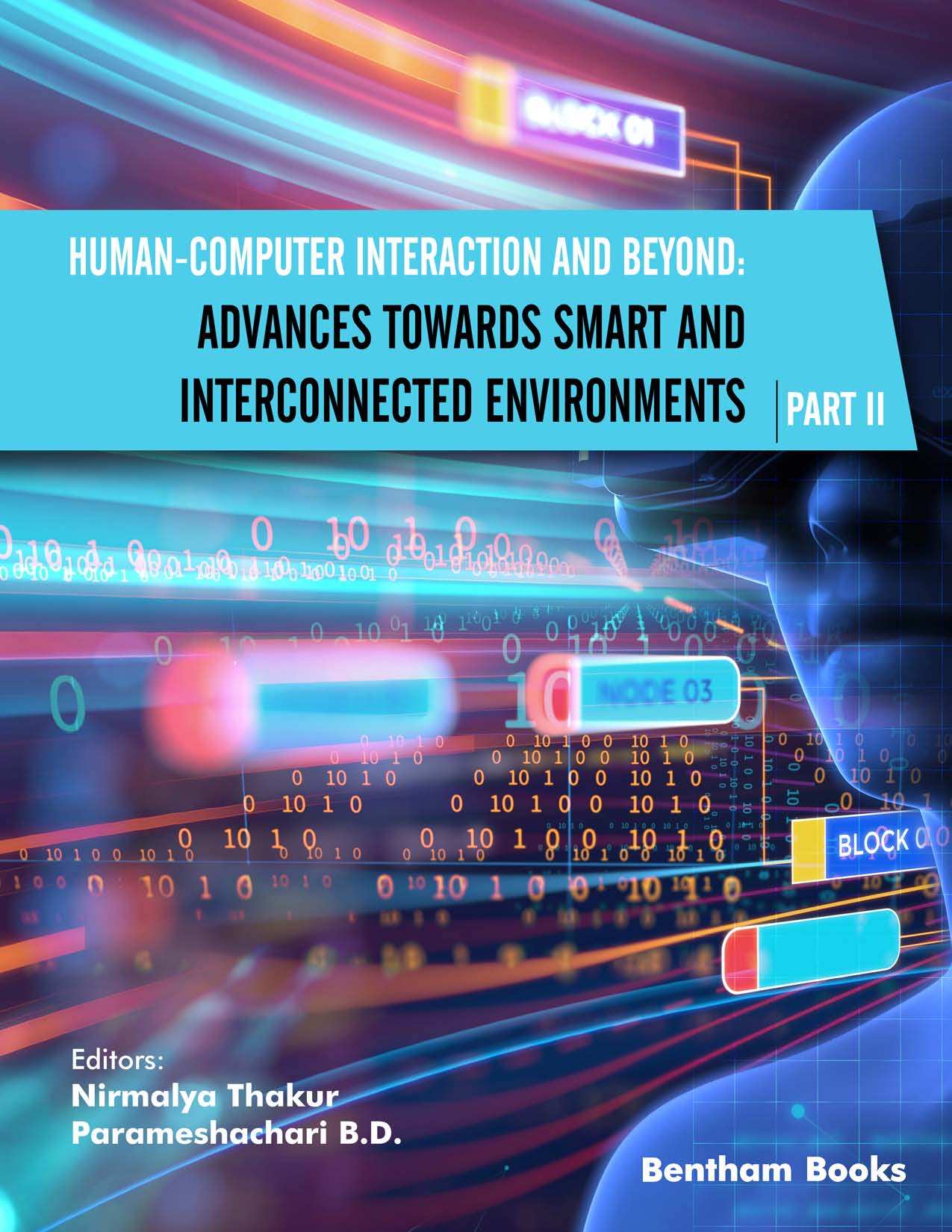Introduction
Human-Computer Interaction and Beyond: Advances Towards Smart and Interconnected Environments is a 2-part book set which presents discoveries, innovative ideas, concepts, practical solutions, and novel applications of Human-Computer Interaction (HCI) and related disciplines such as artificial intelligence, machine learning, data mining, computer vision, and natural language processing. The book provides readers with information about HCI trends which are shaping the future of smart, interconnected urban and industrial environments.
This is the second of the two volumes of the edited books. The chapters of this volume cover topics like ERP usability in educational settings, the role of AI in enhancing HCI functionality, usability of local mobile healthcare apps, analyzing the usage of social media apps and a review of HCI systems for disaster management and systems for tracking traffic safety violations. Contributions are authored by experts and scientists in the field of HCI and its interrelated disciplines from 9 different countries – Albania, China, India, Indonesia, Nigeria, Pakistan, Spain, the United Kingdom, and the United States.
Human-Computer Interaction and Beyond: Advances Towards Smart and Interconnected Environments Human-Computer Interaction and Beyond: Advances Towards Smart and Interconnected Environments is an informative reference for scientists, researchers, and developers in both academia and industry who wish to learn, design, implement, and apply these emerging technologies in HCI in different sectors, with the goal of realizing futuristic technology-driven living and functional smart cities and environments.

